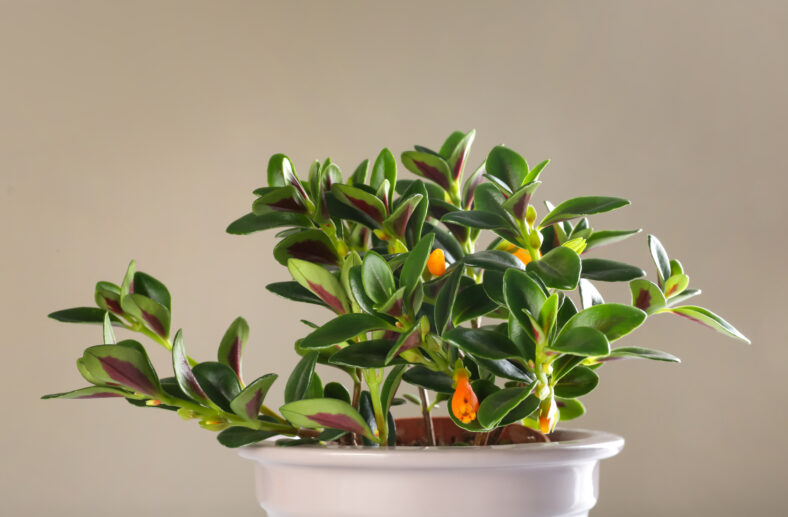How You Can Care For A Goldfish Plant, Which Got Its Playful Name From Its Petals

With vibrant red and orange tubular petals that resemble little goldfish, it’s no wonder how the goldfish plant got its playful name.
Native to South and Central America, it blooms in spring and summer, featuring unique, arching flowers that can bring a splash of color to any space.
The goldfish plant flourishes both indoors and outdoors, too, and has cascading stems that can reach up to three feet tall. So, it looks absolutely stunning when grown in hanging baskets or containers.
If you’re interested in adding this variety to your plant collection, here’s everything you need to know about caring for the goldfish plant.
How To Care For The Goldfish Plant
First, goldfish plants thrive in temperatures that range between 65°F and 75°F, prefer mild-to-moderate humidity levels, and benefit from daily misting.
Just be sure to use room-temperature water when misting, as cold water can actually harm the leaves. Also, if you live in an area with low humidity, placing a humidifier close to your plant can help maintain ideal moisture levels.
When it comes to soil selection, goldfish plants do best in light and fast-draining potting soil, such as a succulent mix. Otherwise, fortified soils are a solid option.
You’ll want to feed your goldfish plant weekly with a diluted liquid fertilizer that contains micronutrients to promote blooming during the growing season. Alternatively, controlled-release fertilizer pellets are another great choice.

Sign up for Chip Chick’s newsletter and get stories like this delivered to your inbox.
To pick the perfect location, keep in mind that while goldfish plants enjoy bright light, direct sunlight can be too harsh for them. They also like extended periods of light exposure, sometimes over 10 hours per day.
So, place your plant in an east-facing window to provide just the right amount of light. You can even grow it under indoor grow lights, particularly during the colder months.
As for watering, goldfish plant soil should be kept consistently moist in the summer, so don’t be afraid to water liberally. Then, during the winter, you can reduce watering frequency and let the soil dry out slightly between waterings.
However, it’s important to avoid letting the soil dry out completely. This may actually stress out the plant; meanwhile, overly soggy soil can lead to root rot.
Pruning your goldfish plant is crucial, too, since it encourages more blooms, stimulates new growth, and helps maintain its shape.

The best time to prune is in early spring, right before the growing season begins. You can remove any yellow or dead leaves and trim overly long branches.
Lastly, keep an eye out for pests and diseases. Common pests include spider mites, mealybugs, and aphids, and if you notice any, treat them with insecticidal soap.
Goldfish plants are susceptible to mold and fungal problems as well. To prevent these issues, refrain from watering its leaves directly.
More About:Gardening





